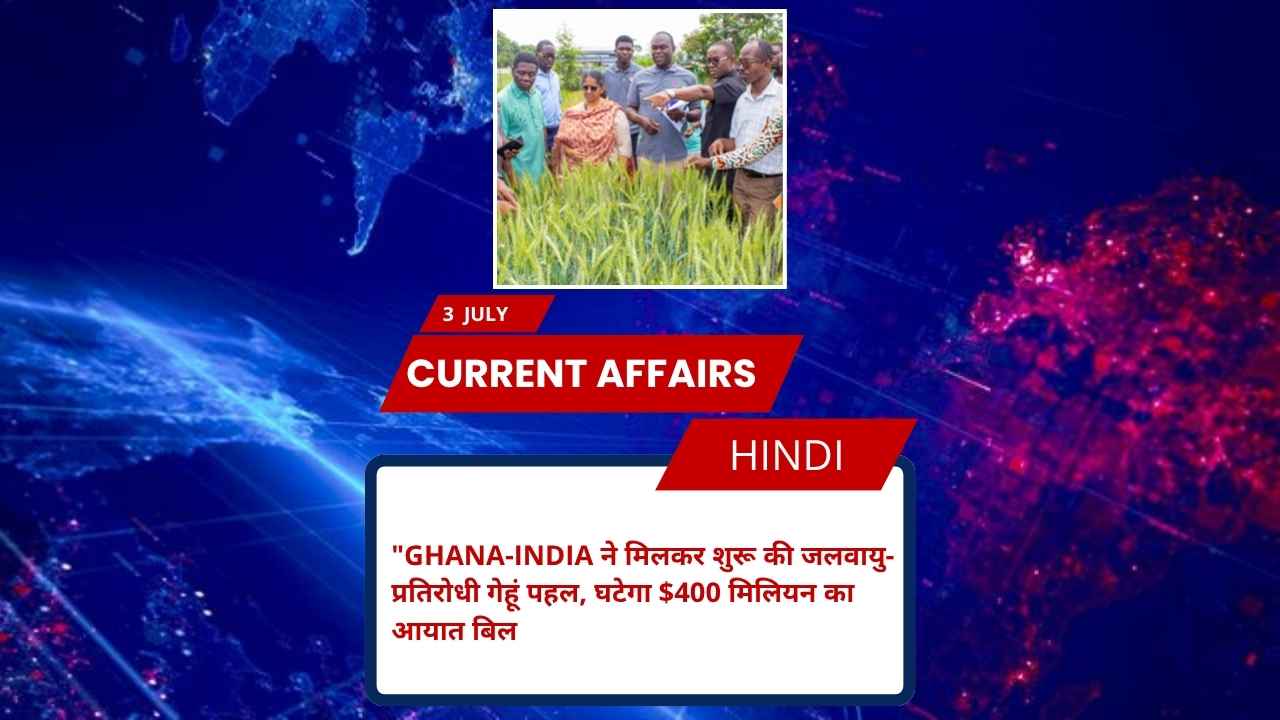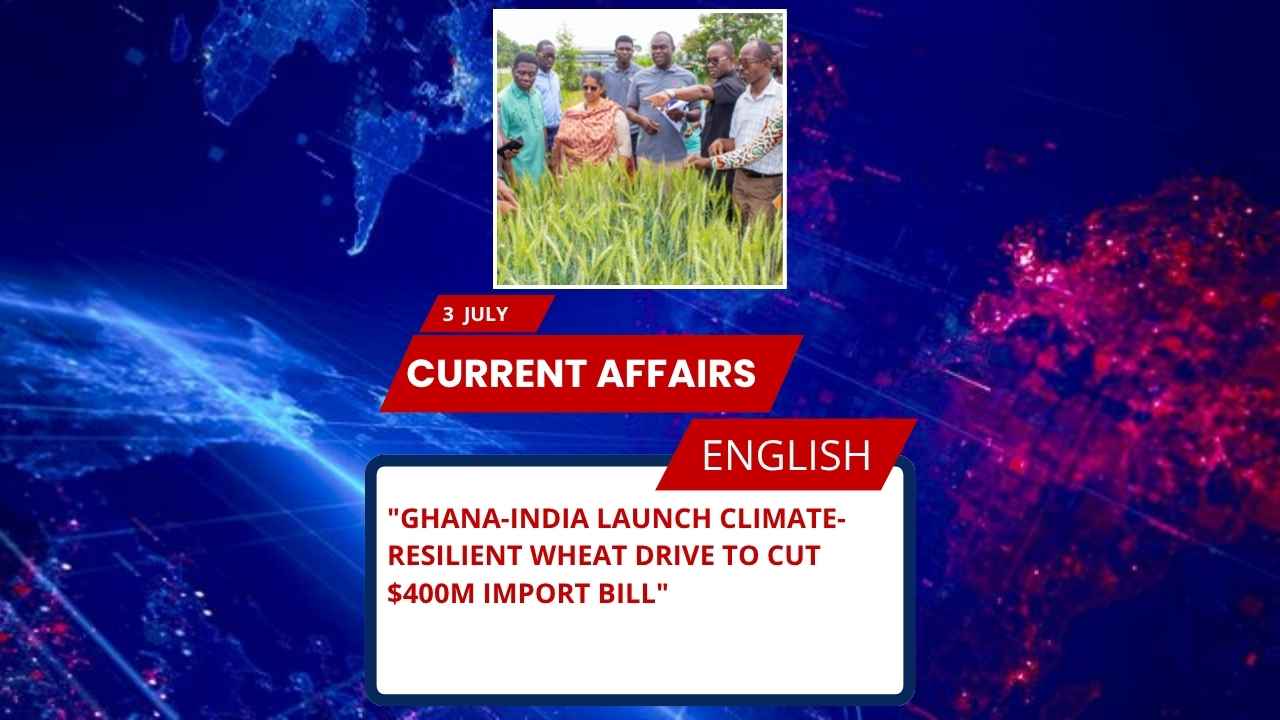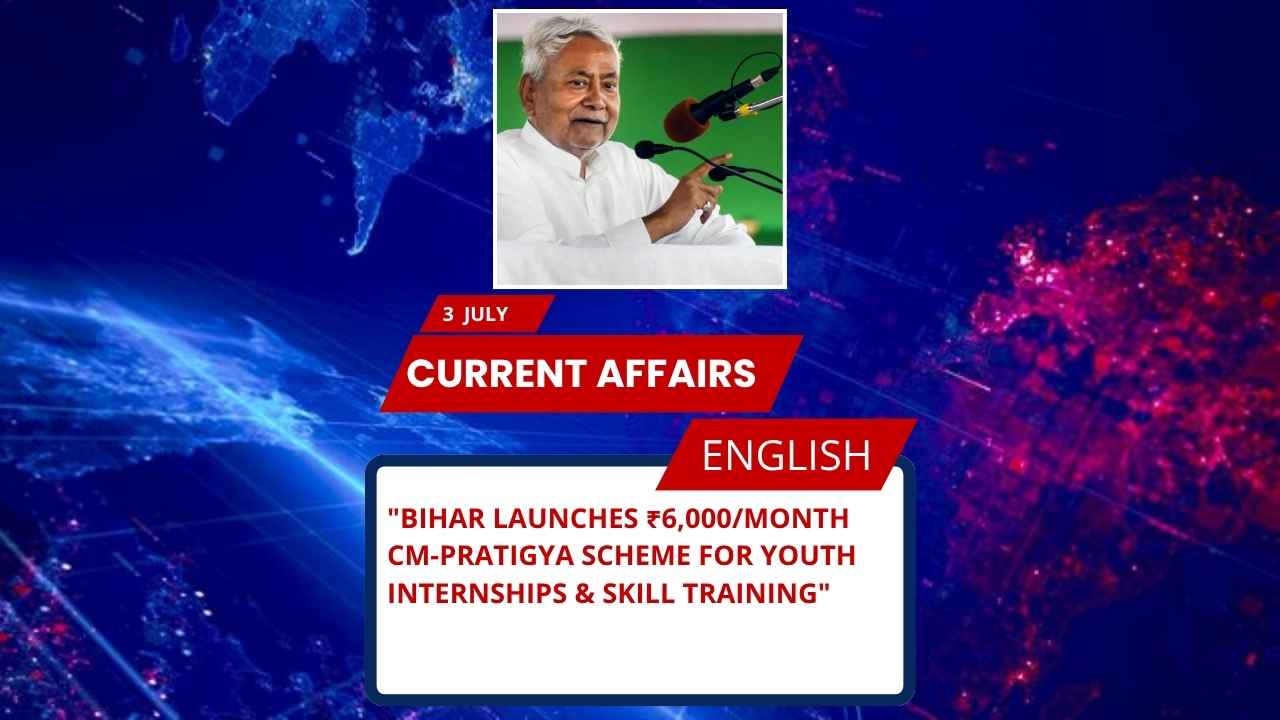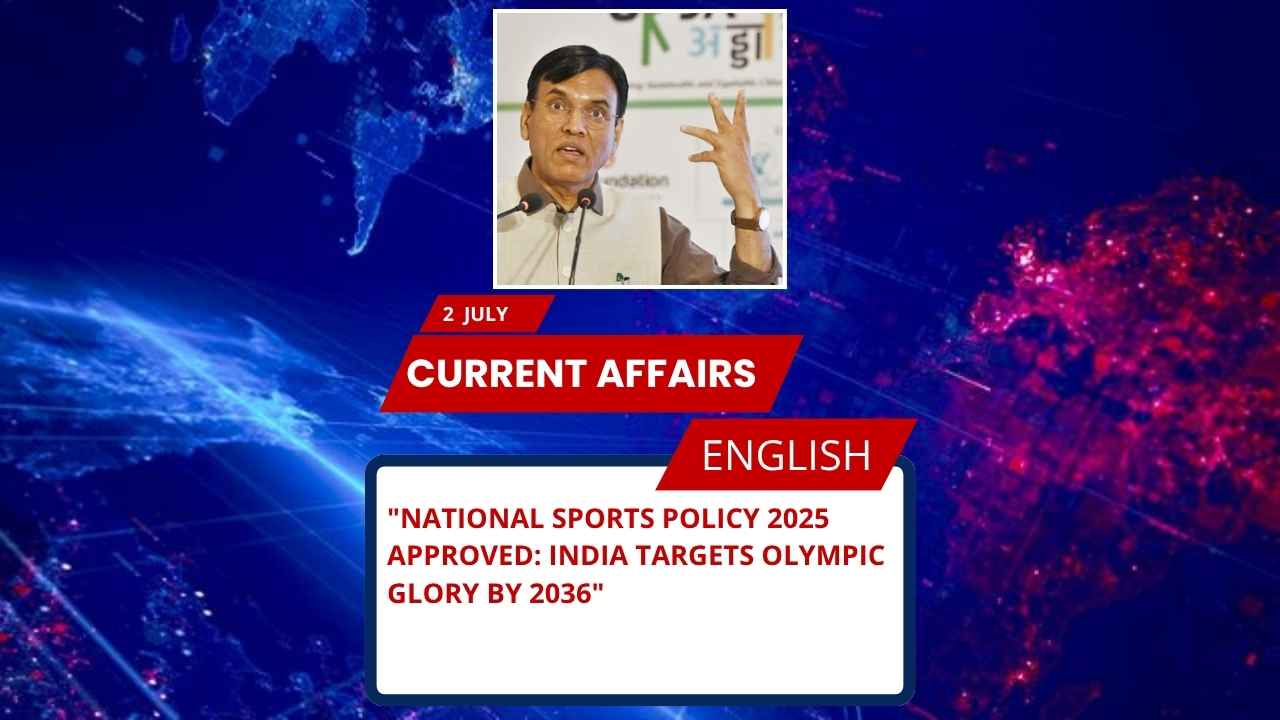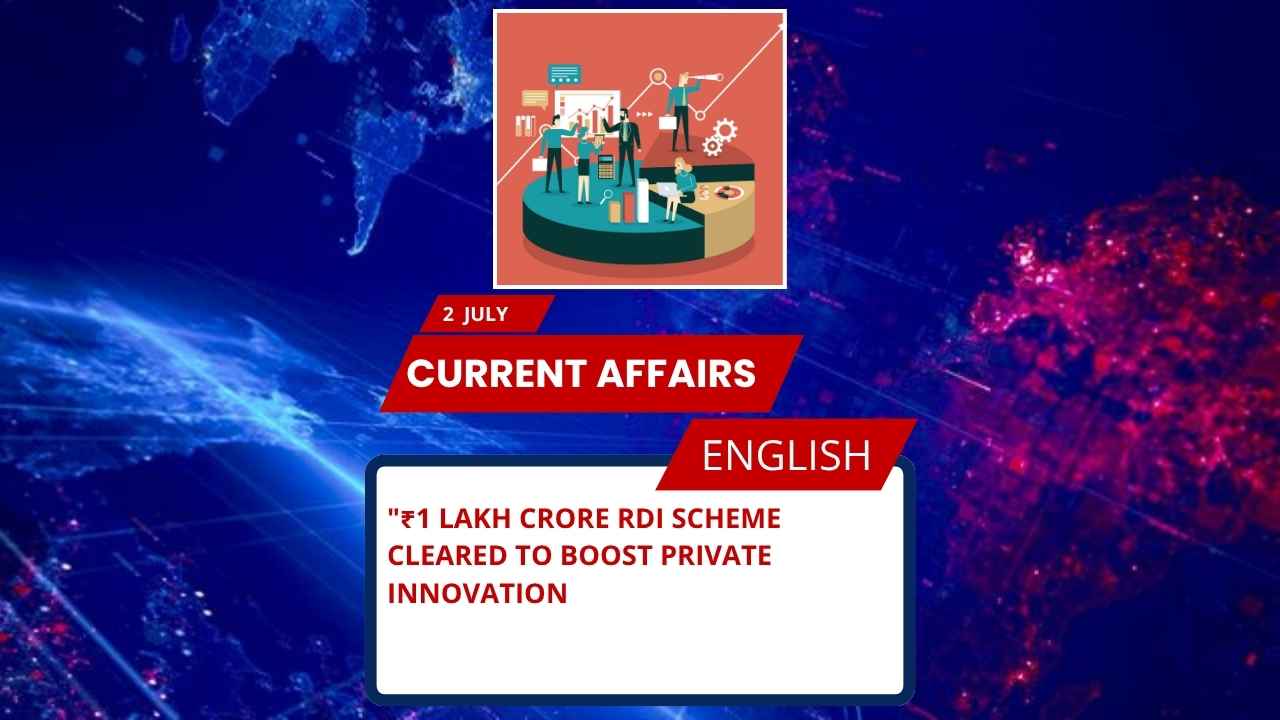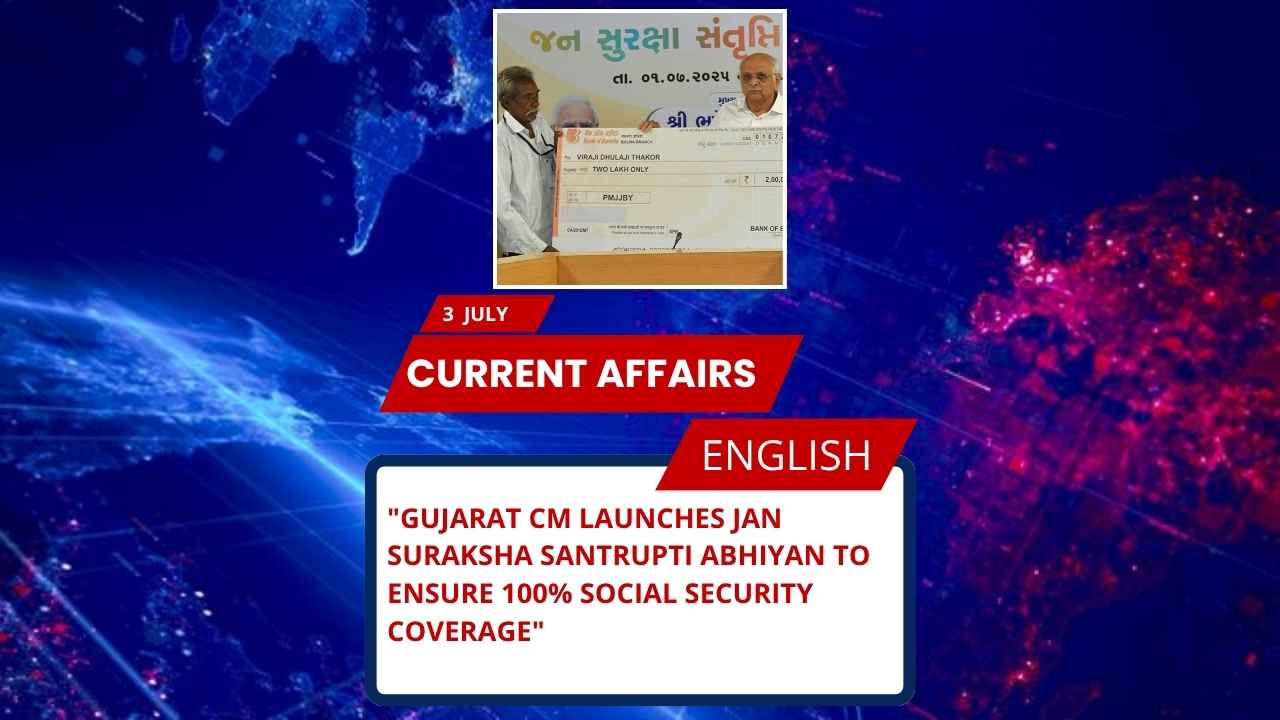
Key Points for SSC, UPSC & Other Govt Exams
- Jan Suraksha Santrupti Abhiyan launched by CM Bhupendra Patel from Gandhinagar on July 1, 2025.
- Will run nationwide till September 30, 2025.
- Focus on 100% saturation of key social security schemes like PM Suraksha Bima Yojana, Jan Dhan Yojana, Atal Pension Yojana.
- Inspired by PM Narendra Modi’s vision of Viksit Bharat through Viksit Gujarat.
- Finance Minister Kanubhai Desai and Principal Secretary T. Natarajan were present at the event.
- Gujarat has 1.93 crore Jan Dhan accounts, ₹21,409 crore DBT done.
- Beneficiaries under PMJJBY: 90 lakh, under PMSBY: 1.92 crore.
Full Explanation of the Initiative
Introduction
On July 1, 2025, Gujarat Chief Minister Shri Bhupendra Patel launched the Jan Suraksha Santrupti Abhiyan from Gandhinagar, aligning with the national campaign envisioned by Prime Minister Narendra Modi. This three-month-long campaign will run from July 1 to September 30, 2025, focusing on identifying and including the last-mile beneficiaries of government social security schemes.
Objective
To ensure 100% saturation of central welfare schemes like:
- Pradhan Mantri Suraksha Bima Yojana (PMSBY)
- Pradhan Mantri Jeevan Jyoti Bima Yojana (PMJJBY)
- Atal Pension Yojana (APY)
- Jan Dhan Account Activation and KYC
- Digital fraud awareness
The campaign’s core intent is to reach the left-out and most needy citizens, ensuring they are covered under schemes offering financial protection, accident insurance, pension, and access to banking services.
Key Launch Highlights
- CM Bhupendra Patel distributed ₹2 lakh cheques to three PMSBY beneficiaries and handed over Jan Dhan passbooks to others.
- He emphasized the social duty of state officials and bankers to uplift the last person in line.
- CM urged preparation of District Action Plans by collectors, DDOs, and banks for achieving scheme saturation.
- Finance Minister Kanubhai Desai and Principal Secretary T. Natarajan highlighted Gujarat’s financial inclusion success:
- 1.93 crore Jan Dhan accounts
- ₹21,409 crore transferred through DBT
- 90 lakh covered under PMJJBY
- 1.92 crore covered under PMSBY
National Relevance
This campaign is a reflection of PM Modi’s push for inclusive governance and social justice, ensuring economic dignity for all citizens, especially the underprivileged.
Gujarat: Exam-Relevant Static Facts
- Capital: Gandhinagar
- Chief Minister: Bhupendra Patel
- Governor: Acharya Devvrat
- Important National Parks:
- Gir National Park
- Blackbuck National Park
- Vansda National Park
- Major Rivers: Narmada, Tapi, Sabarmati
- Famous Institutions:
- ISRO, Ahmedabad
- IIT Gandhinagar
- MILIT, Pune (associated in earlier state defence activities)
Possible MCQs Based on the Topic
Q1. Who launched the Jan Suraksha Santrupti Abhiyan in Gujarat on July 1, 2025?
A. Narendra Modi
B. Kanubhai Desai
C. Bhupendra Patel
D. T. Natarajan
→ Correct Answer: C. Bhupendra Patel
Q2. What is the duration of Jan Suraksha Santrupti Abhiyan?
A. June 1 – August 31
B. July 1 – September 30
C. August 1 – October 30
D. July 15 – October 15
→ Correct Answer: B. July 1 – September 30
Q3. Under PM Suraksha Bima Yojana, how much insurance amount was given to each beneficiary?
A. ₹1 lakh
B. ₹2 lakh
C. ₹50,000
D. ₹5 lakh
→ Correct Answer: B. ₹2 lakh
Q4. How many Jan Dhan accounts have been opened in Gujarat?
A. 90 lakh
B. 1.5 crore
C. 1.93 crore
D. 2 crore
→ Correct Answer: C. 1.93 crore
Q5. Who is the Principal Secretary of Gujarat’s Finance Department?
A. Arti Kanwar
B. T. Natarajan
C. Vikrant Pandey
D. Pankaj Joshi
→ Correct Answer: B. T. Natarajan
UPSC-Style FAQs (with Model Answers)
Q1. What is the objective of Jan Suraksha Santrupti Abhiyan and how does it reflect cooperative federalism in India?
Answer:
The objective of Jan Suraksha Santrupti Abhiyan is to ensure complete inclusion of all eligible citizens under key social security schemes like PMSBY, PMJJBY, APY, and Jan Dhan. It targets the last-mile delivery of benefits, reaching the most vulnerable.
This campaign reflects cooperative federalism as it involves coordination between the Central Government (policy creator), State Governments (implementers), and local institutions (district administration and banks). It shows how Centre-State cooperation can lead to effective last-mile welfare delivery.
Q2. Analyze the role of Jan Dhan Yojana in promoting financial inclusion and economic security in India.
Answer:
The Jan Dhan Yojana is a landmark initiative promoting financial inclusion by ensuring every Indian has access to a basic bank account.
In the context of the Jan Suraksha Santrupti Abhiyan:
- It facilitates direct benefit transfer (DBT), removing middlemen.
- Acts as a platform for insurance and pension schemes.
- Promotes savings and financial literacy among rural citizens.
- Strengthens the digital ecosystem for future economic integration.
With 1.93 crore accounts and over ₹21,409 crore DBT in Gujarat alone, the scheme has become a backbone of socio-economic upliftment.
Q3. How does the Jan Suraksha Santrupti Abhiyan support the vision of Viksit Bharat by 2047?
Answer:
Jan Suraksha Santrupti Abhiyan is aligned with PM Modi’s vision of Viksit Bharat @2047, which emphasizes:
- Social justice
- Inclusive development
- Economic empowerment of the poor
By ensuring universal coverage of social security, it enhances the resilience and dignity of marginalized citizens. The campaign not only delivers financial assistance but also integrates the unbanked and uninsured into India’s development framework, contributing to a stronger, more equitable nation.
Q4. Evaluate the challenges in implementing 100% saturation of social schemes in states like Gujarat.
Answer:
Despite Gujarat’s strong administrative setup, achieving 100% saturation of schemes like PMJJBY and PMSBY faces challenges such as:
- Identifying left-out beneficiaries in remote or tribal areas.
- Low awareness about schemes among rural citizens.
- Banking access gaps in interior regions.
- KYC compliance and documentation issues.
To overcome these, the government must ensure:
- Robust outreach programs
- Inter-departmental coordination
- Use of digital platforms for efficient beneficiary mapping

